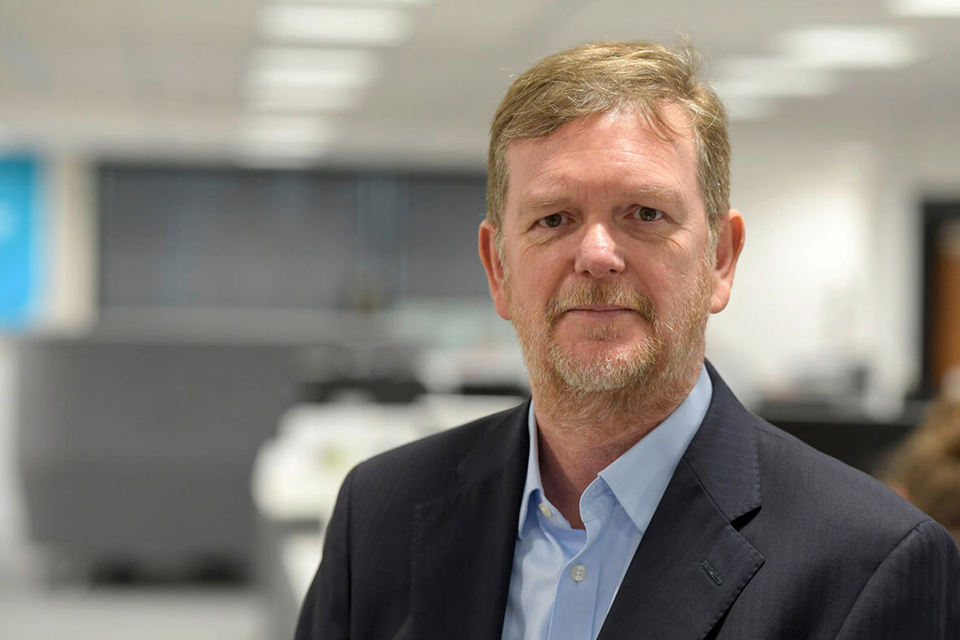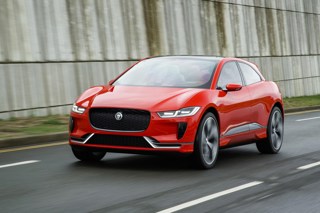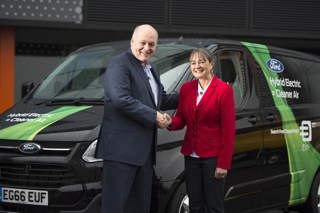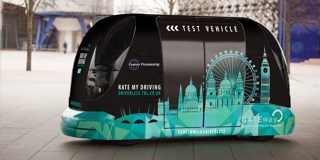This is an exciting time to be working in fleet with a range of technologies becoming available that could transform company transport, ranging from practical electric vehicles (EVs) to autonomous ones.
However, it is important to note that initial usage of almost all of this technology is being centred in one type of location – cities.
Arval recently sponsored a book by mobility expert Lukas Neckermann that underlines this point.
Because cities face the biggest transportation problems, they will be the first to adopt radical solutions, he believes, and identifies four areas that need to be tackled to make cities smart – infrastructure, energy, data and citizens.
To cut congestion, many cities are discouraging car use and moving away from building more roads but others are coming up with more inventive solutions.
For instance, in South Korea, augmented reality is used to give road space to different types of transport at different times, with cycle lanes and parking bays switched on and off as needed.
Ideas on energy are similarly innovative. Lukas believes that transport in cities will become entirely electrified, with a much greater accent on local generation.
It is no surprise to see data at the heart of smart cities but the ways in which it is being used is interesting.
Lukas cites the example of Transport for London (TfL) which, in 2013, made its entire journey data available free online.
This has allowed a whole range of bodies – private and public – to use that information to become part of the solution by enabling them to make informed and useful suggestions about improving journeys.
Finally, Lukas sees citizens becoming an important part of future mobility in a range of ways.
For example, by using technology to underpin all kinds of activities –from Jakarta, where Twitter is used to organise car sharing, to pilot schemes where people living in cities collect information on air quality using basic analysis equipment and apps.
It makes fascinating reading for fleet managers and I’d urge you to download the book to find out more about the ideas under discussion.
By Shaun Sadlier head of the corporate vehicle observatory, Arval




















Login to comment
Comments
No comments have been made yet.